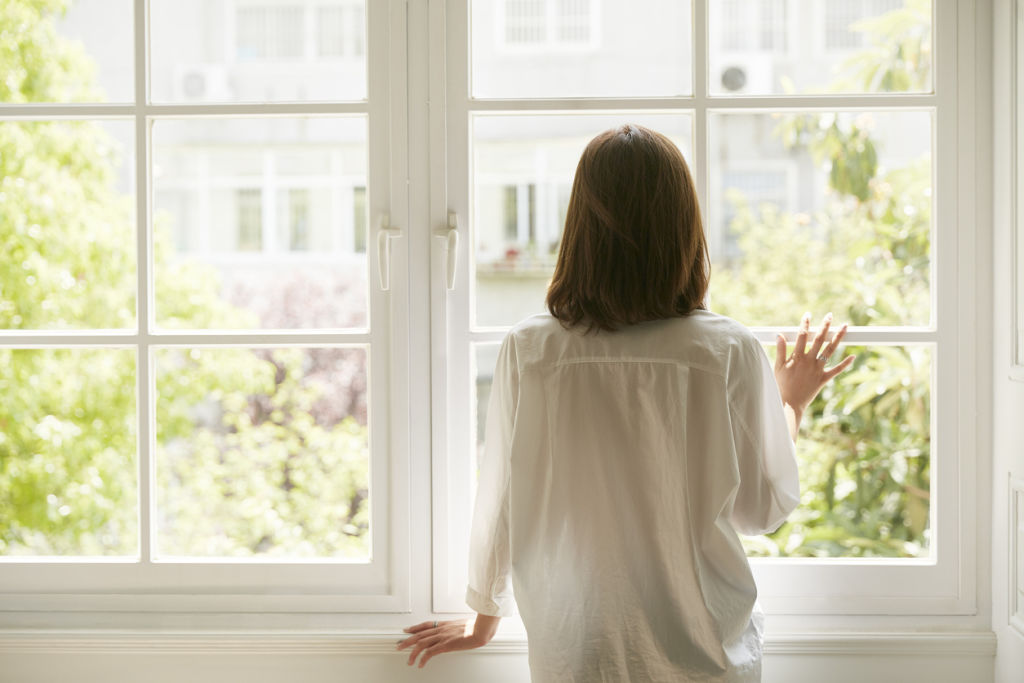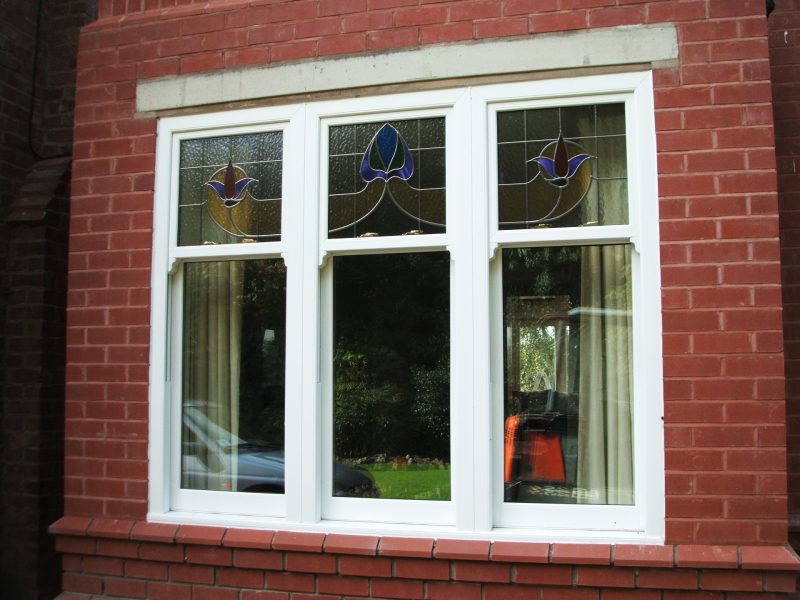All Categories
Featured
Table of Contents
Enjoy Your Summer More With Double Glazed Windows in Lesmurdie WA
Laminated glass is typically utilized in areas in the home most susceptible to injury from human effect such as bathrooms, doors, around staircases and in areas close to the flooring (it fulfills the requirements of 'security glass' that is mandated for use in these areas by Australian Basic AS 1288 Glass in structures).
Toughened glass has been 'tempered' by being reheated and rapidly cooled again. This process makes it much more powerful than standard glass it can resist higher impact loads prior to breaking. It likewise makes it safer since, when it does shatter, it breaks into numerous little cubic pieces instead of hazardous fragments.
Improve Your Home's Energy Efficiency With Double Glazing in Westfield Western Australia
However, toughened glass has no thermal or acoustic benefits over other glass of the very same toning or thickness. Secondary glazing is where single-glazed windows are retrofitted with a transparent acrylic or glass sheet connected to the within the frame or openable sash with a secondary frame or with magnetic strips.


Secondary glazing will not perform also thermally as a manufactured IGU, given that it is difficult to absolutely seal the border, however it can offer good sound control. Window films are a thin polymer movie containing a taking in color or reflective metal layer, with an adhesive backing. They stick to your glazing to alter its colour or make it reflective.
Glass Selector - Custom Single & Double Glazed ... in Murdoch Western Australia
Applied to existing glass, some window movies can cut in half the total SHGC of the window by soaking up and/or showing solar radiation. This can be especially advantageous in hotter environments where cooling is the primary issue, or on east and west elevations directly exposed to extended periods of sunlight. Window films might also lower visible light transmittance.

For this factor, it is normally best to use an accredited installer of window film. Frames have a substantial effect on the thermal efficiency of doors and windows, due to the fact that energy can be gained and lost through the frame, as well as through the glass. Various types of frame will enable various levels of heat gain and loss, so careful choice of frame is necessary for effective passive design.
Canberra Window Replacement - Upvc Double Glazed ... in Byford WA
However, aluminium is also an extremely excellent conductor of heat and will reduce the insulating value of a glazing unit, unless particularly crafted to minimize this. A 'thermally broken' frame is made up of 2 aluminium sections connected by a structural insulator (typically a low-conductivity structural polymer). This 'breaks' the thermal connection through the aluminium and reduces the heat flowing through the frame.
Wood frames are a great natural insulator that can match some home designs. Timber frames must be made from species that have naturally high durability or be dealt with to avoid decay and contortion.
Does Double Glazing Have A Vacuum? in Glendalough WA
(weather condition stripping) is installed.
u, PVC windows and doors have excellent thermal efficiency Image: Ben Wrigley (Light House Architecture and Science) Composite frames utilize aluminium profiles on the external areas with either a lumber or u, PVC inner area. These integrate the low maintenance and resilience of aluminium with much enhanced thermal performance.
Latest Posts
Double Glazed Windows: A Complete Guide in Kelmscott WA
How Does Double Glazing Keep Heat Out? in Lathlain Western Australia
A Complete Guide To Double Glazed Windows in Wembley Downs WA